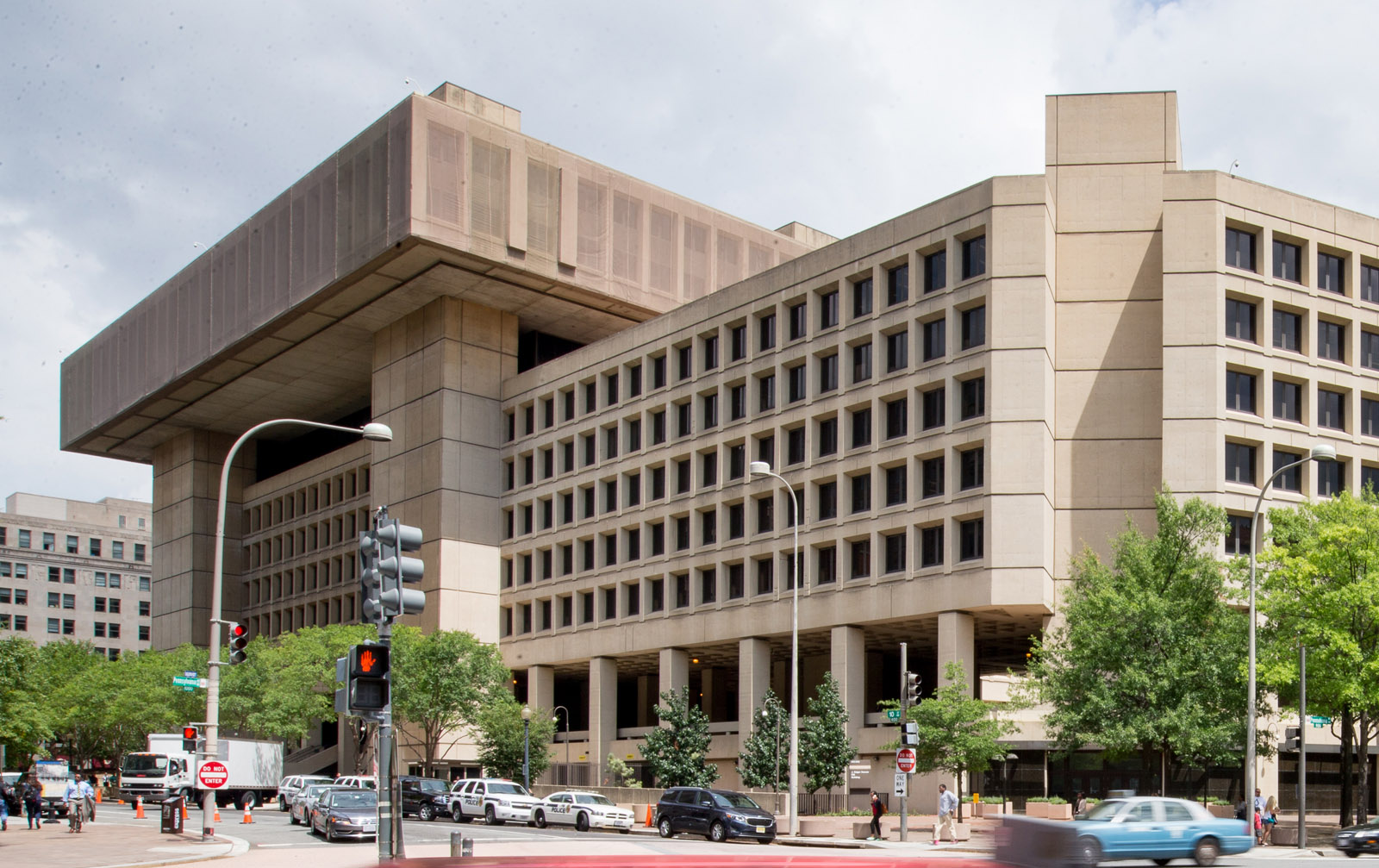WASHINGTON — James Garfield, the 20th president of the United States, was assassinated in 1881. But unlike Ford’s Theatre, where 16th U.S. President Abraham Lincoln was shot, the site where Garfield’s assassination began in Washington, D.C. is a mystery to most residents and visitors.
“Here we are, standing almost on the exact spot where the president was shot, and you wouldn’t know — there’s no marker here to note it,” said Ken Ackerman, historian and author of “Dark Horse: The Surprise Election and Political Murder of President James A. Garfield.”
Ackerman stood on the D.C. roadway and pointed to a spot in the middle of Constitution Avenue between 6th and 7th streets in Northwest, where Garfield was shot.
“Right in front of us, where the National Gallery of Art stands, this is where the old train station used to be, the Baltimore and Potomac depot,” he said.
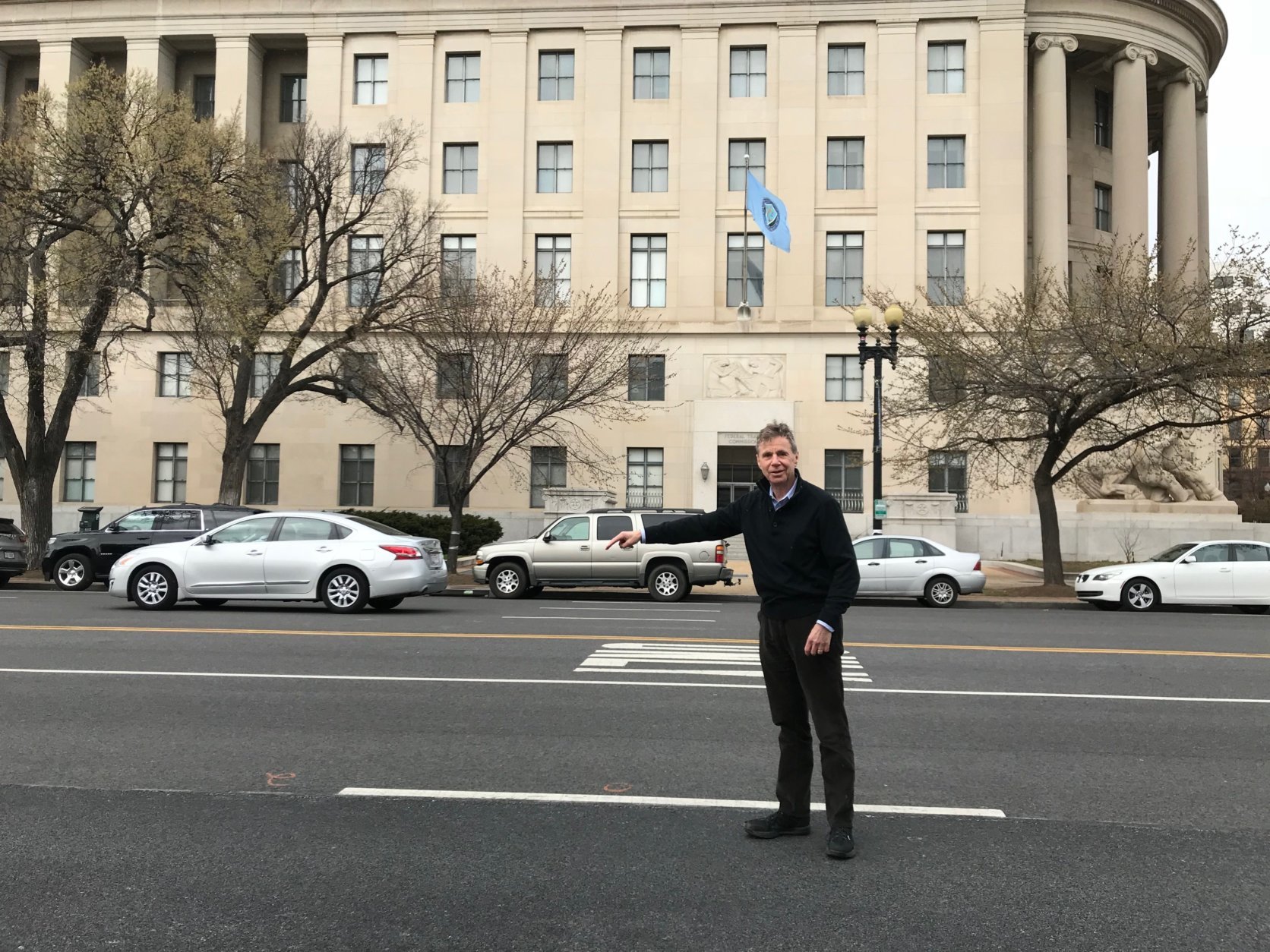
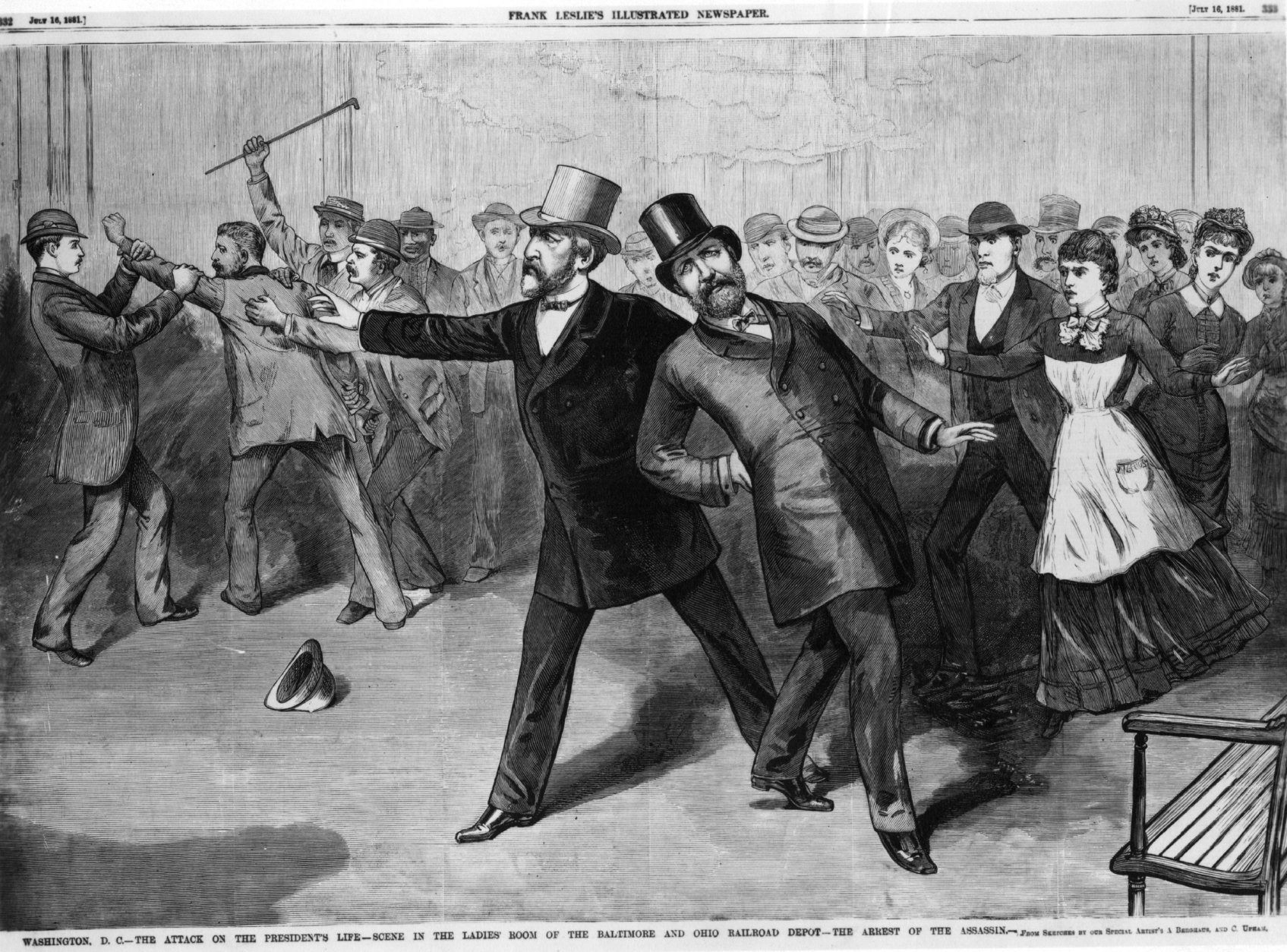
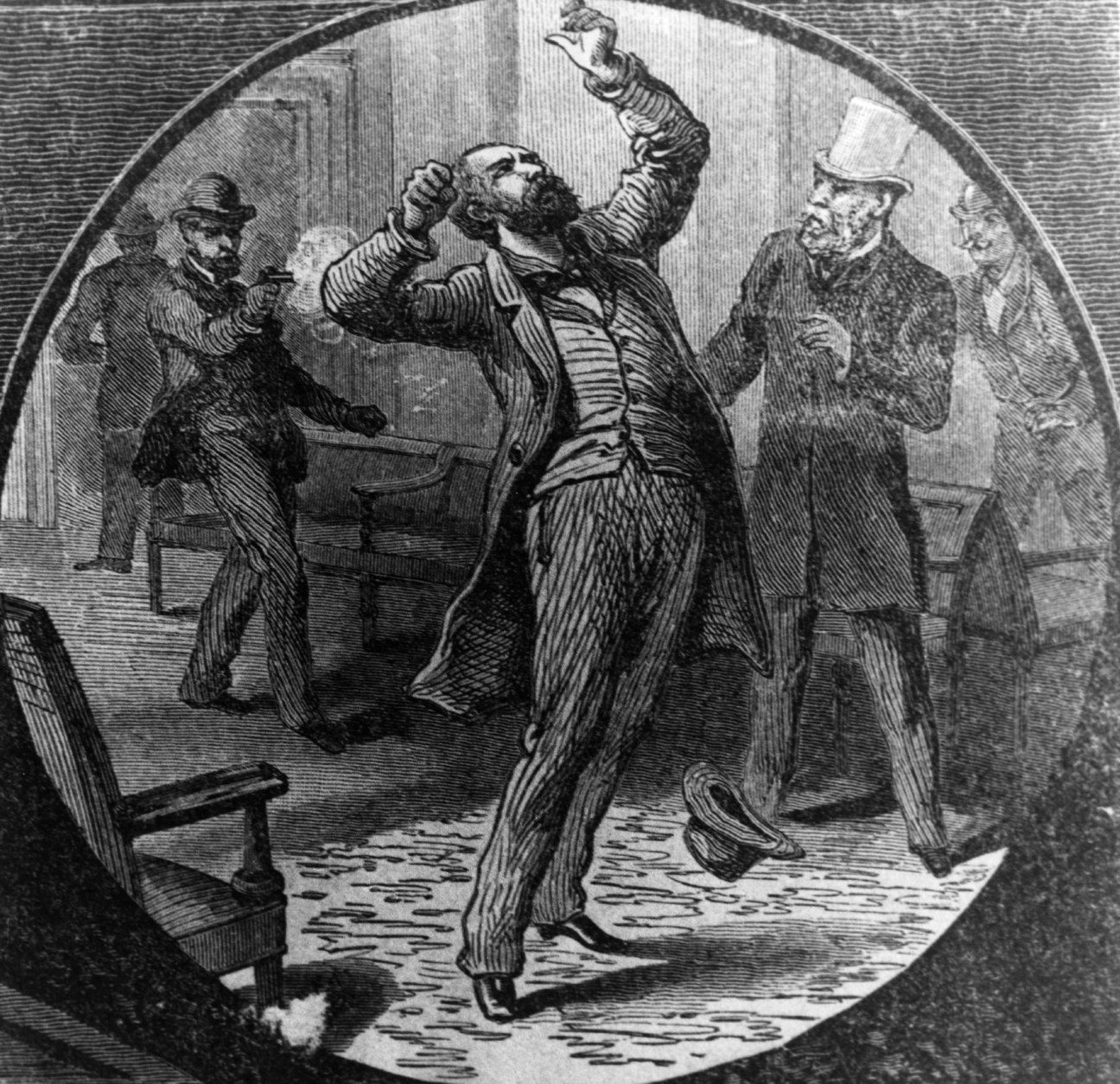
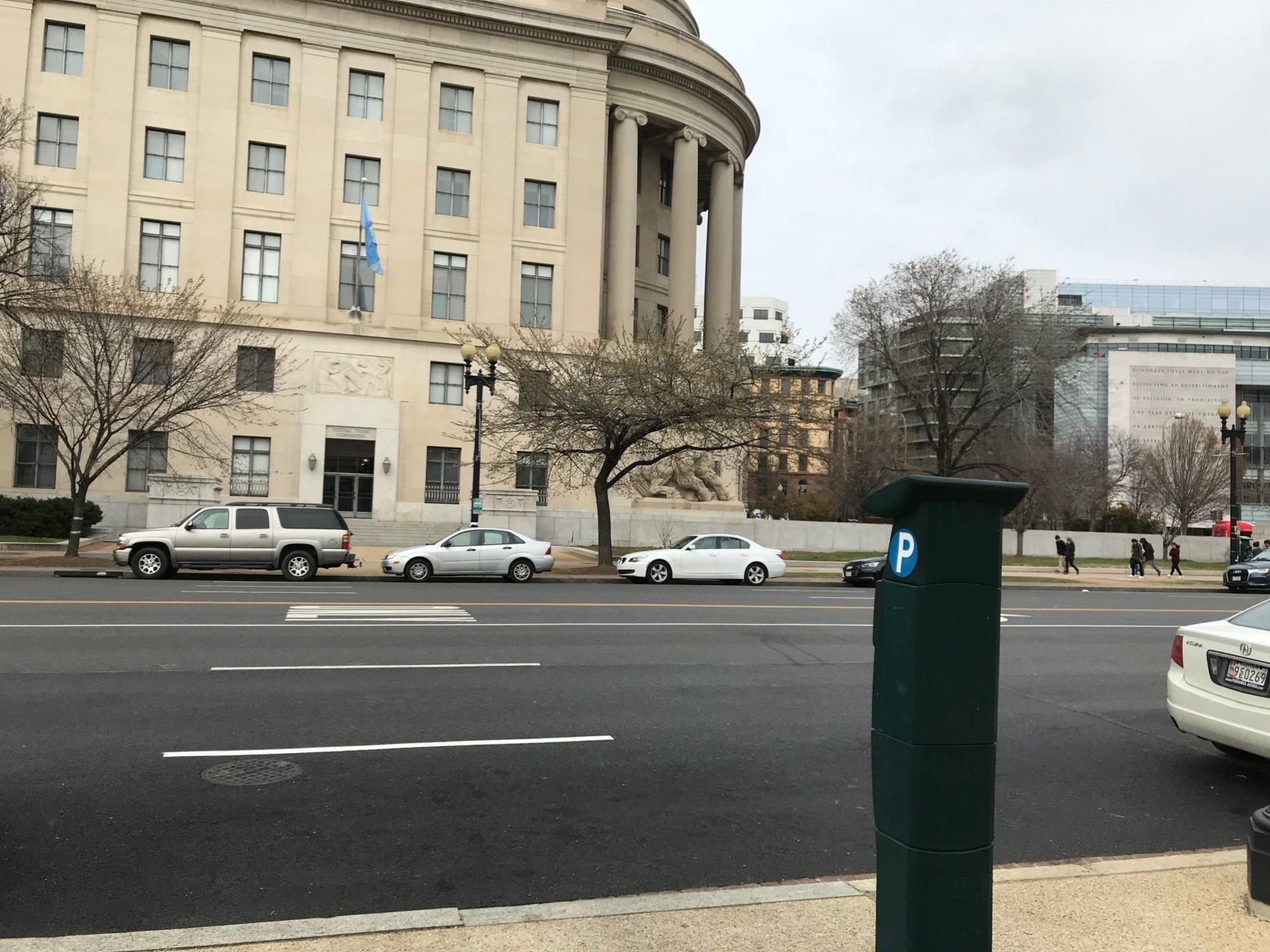
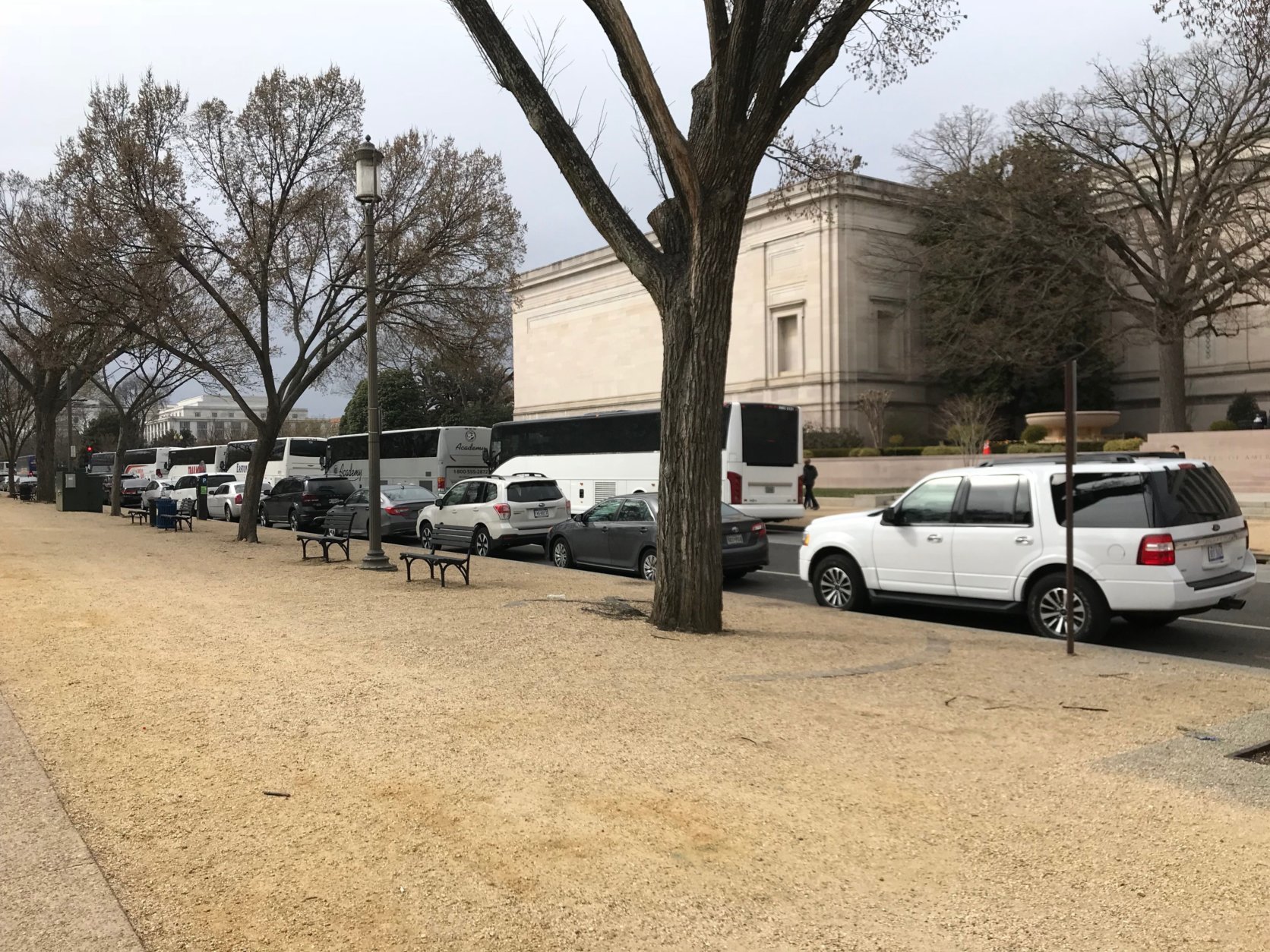
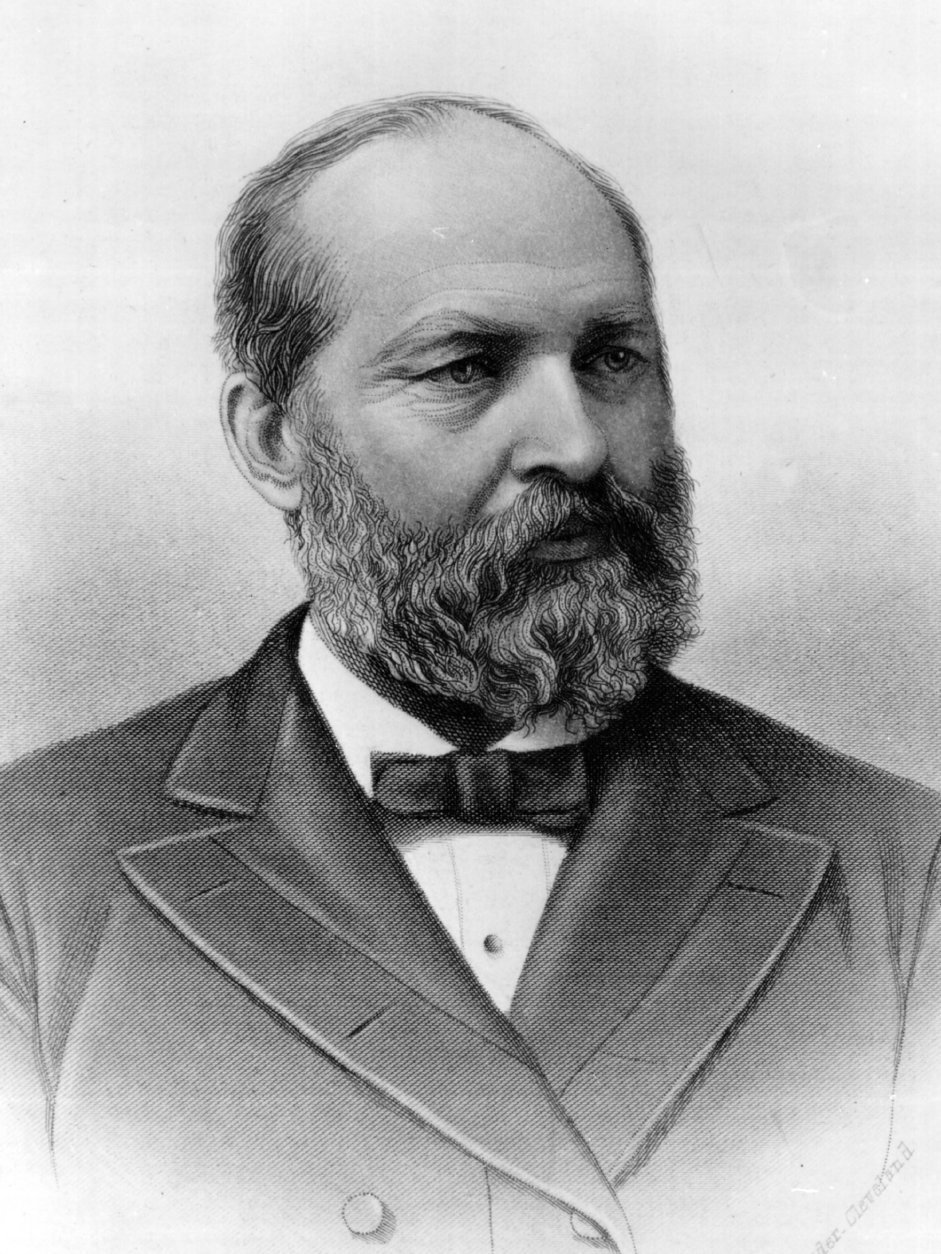
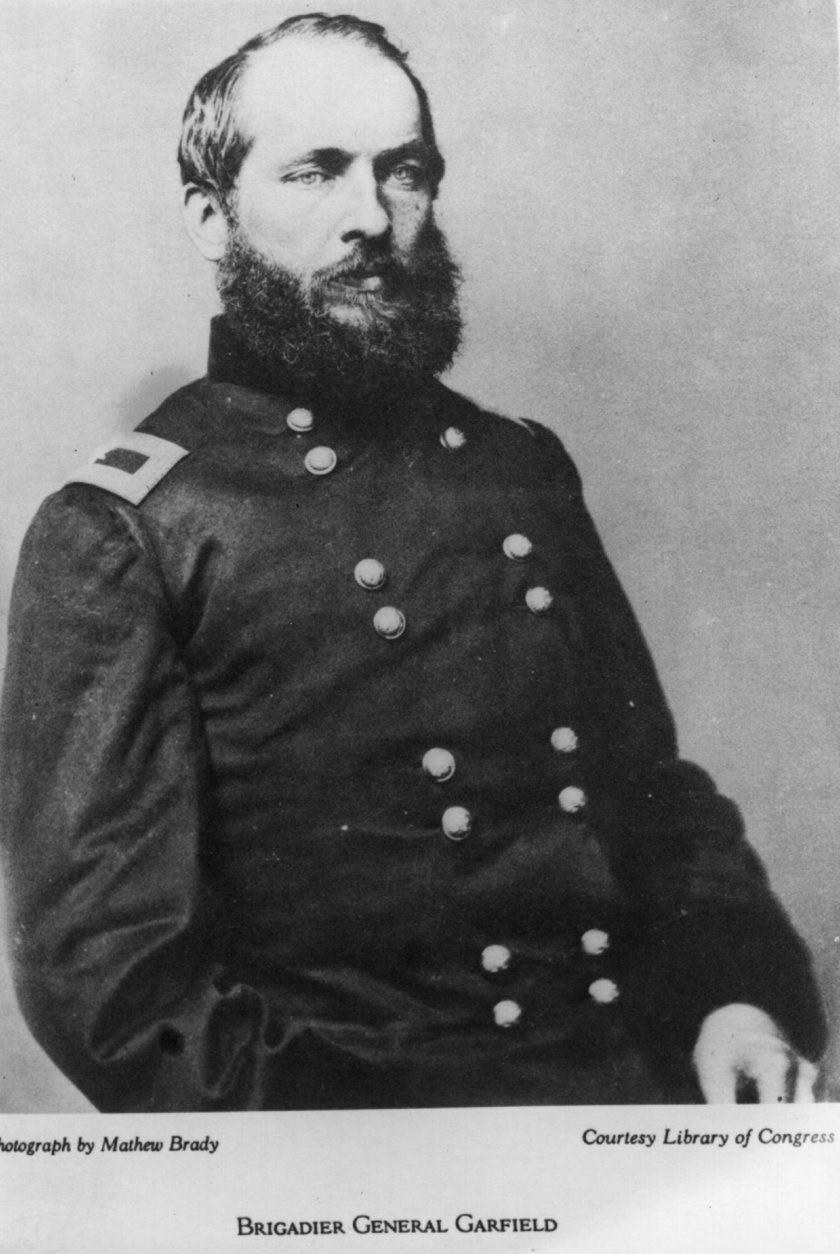
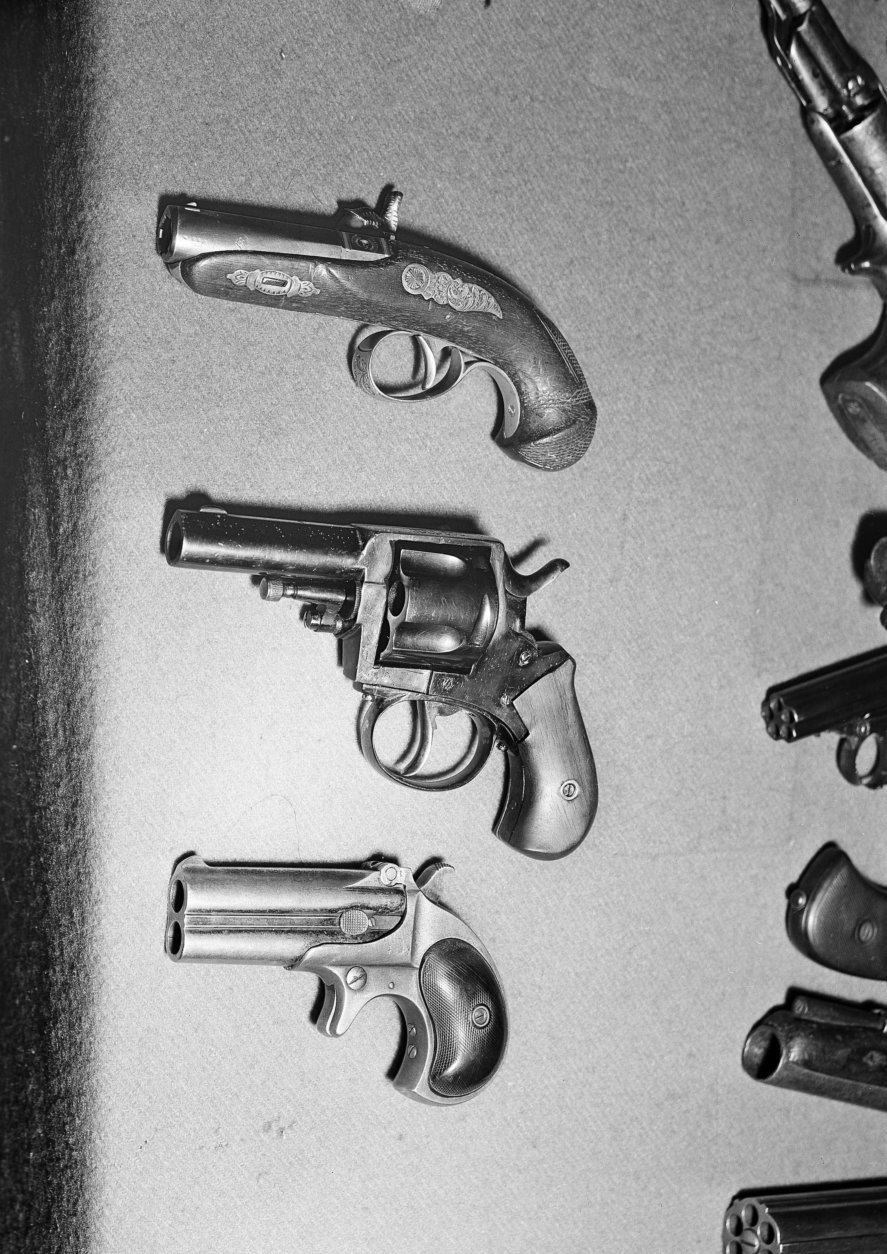
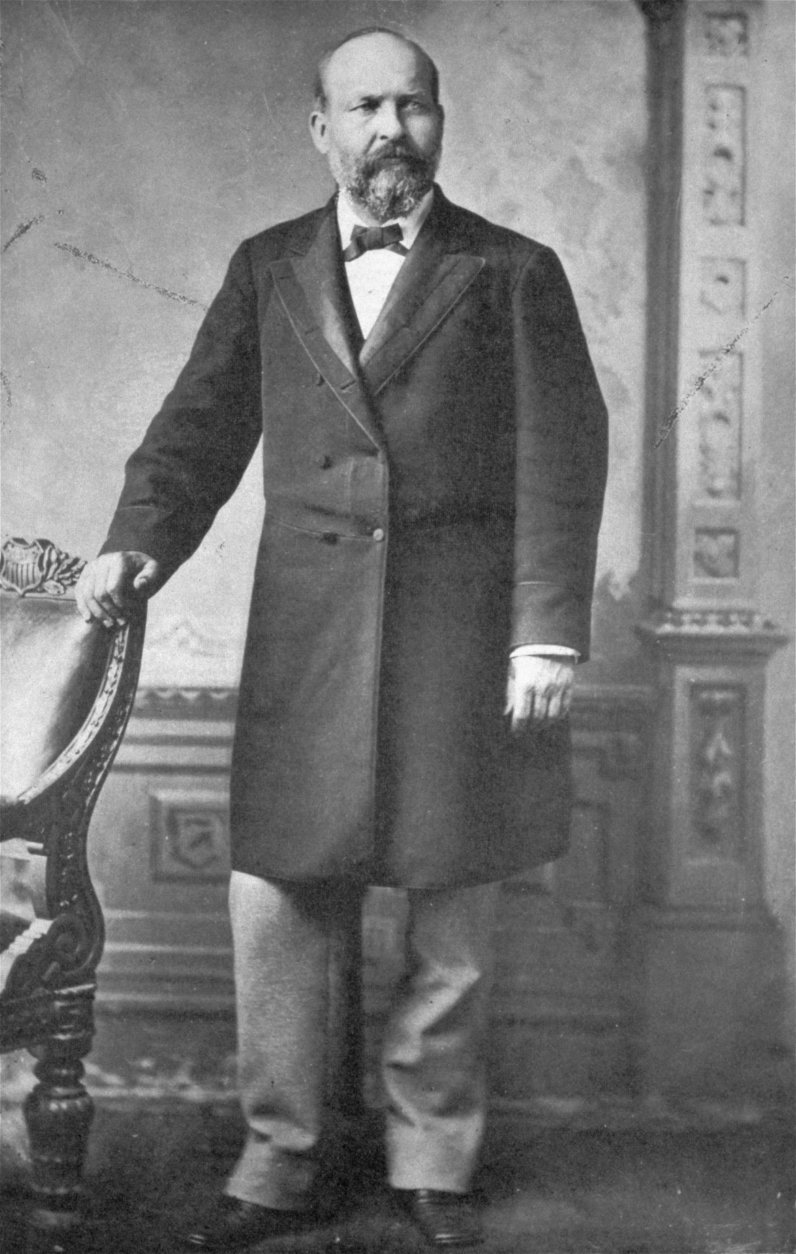
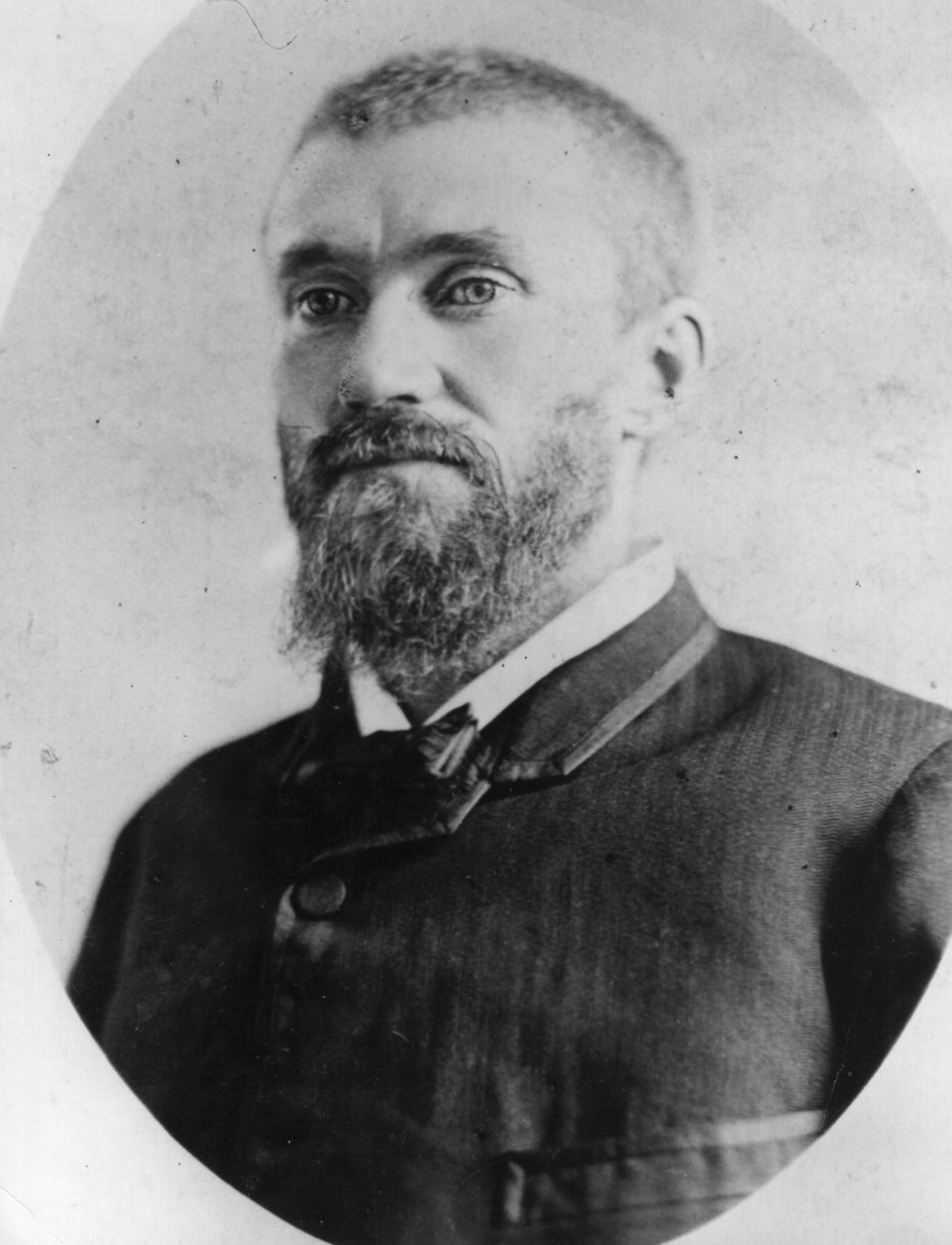
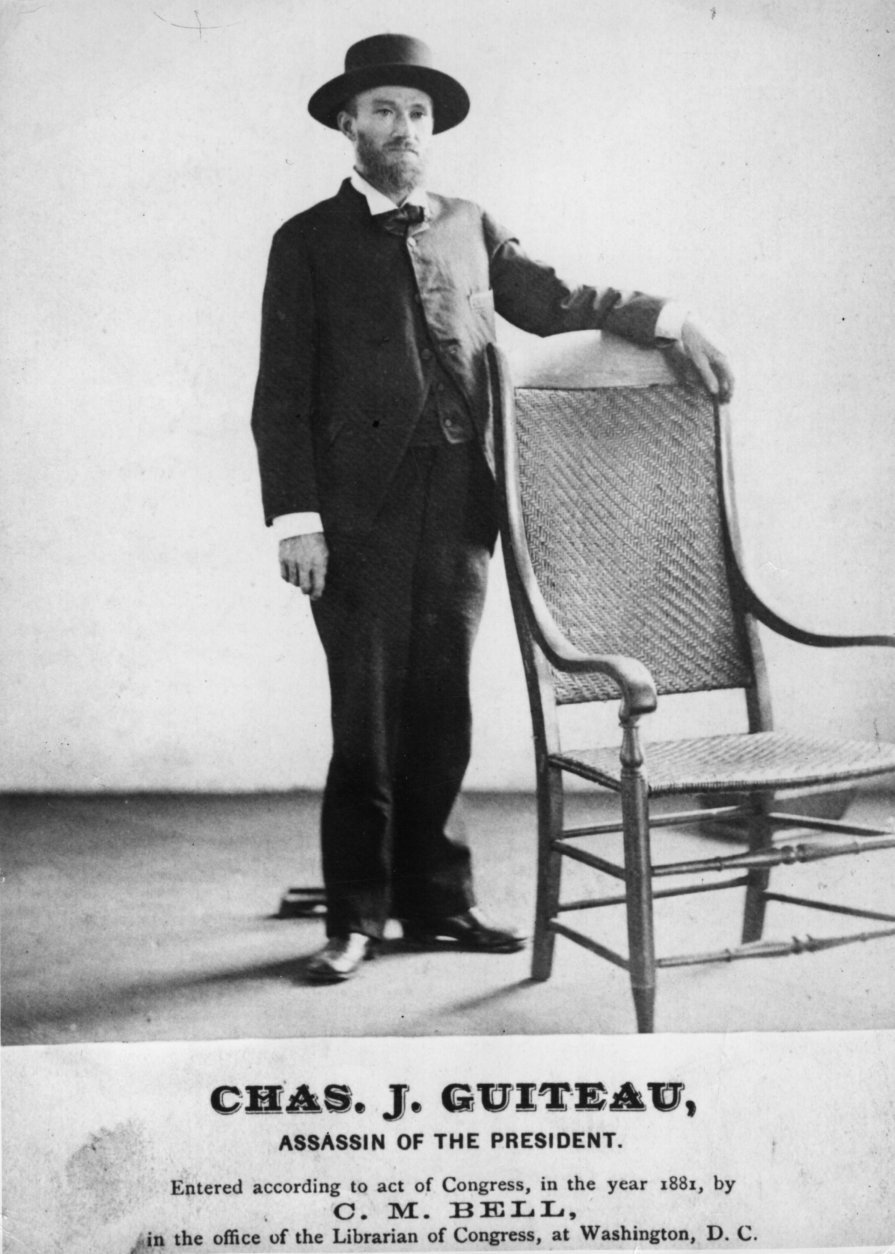
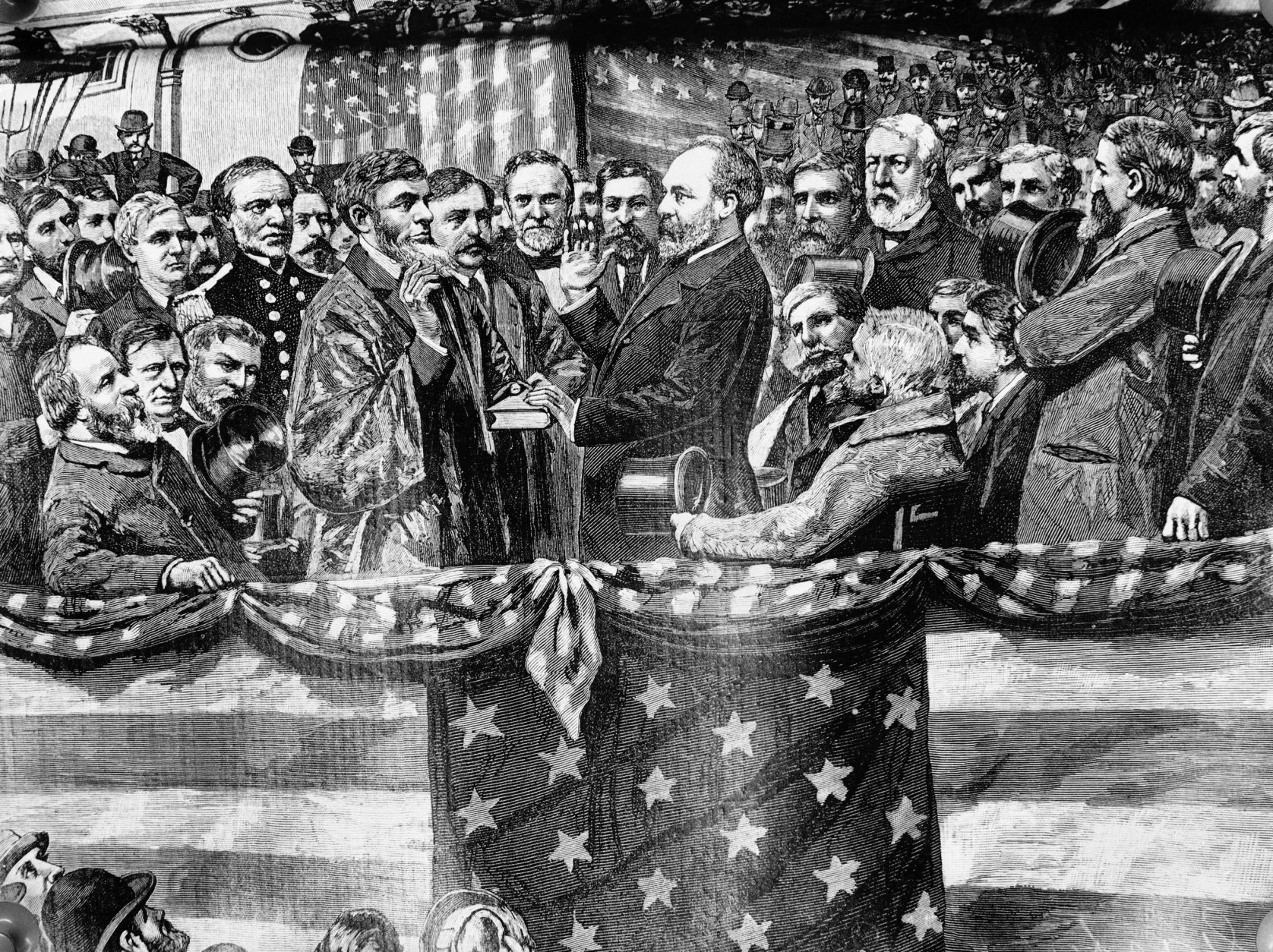
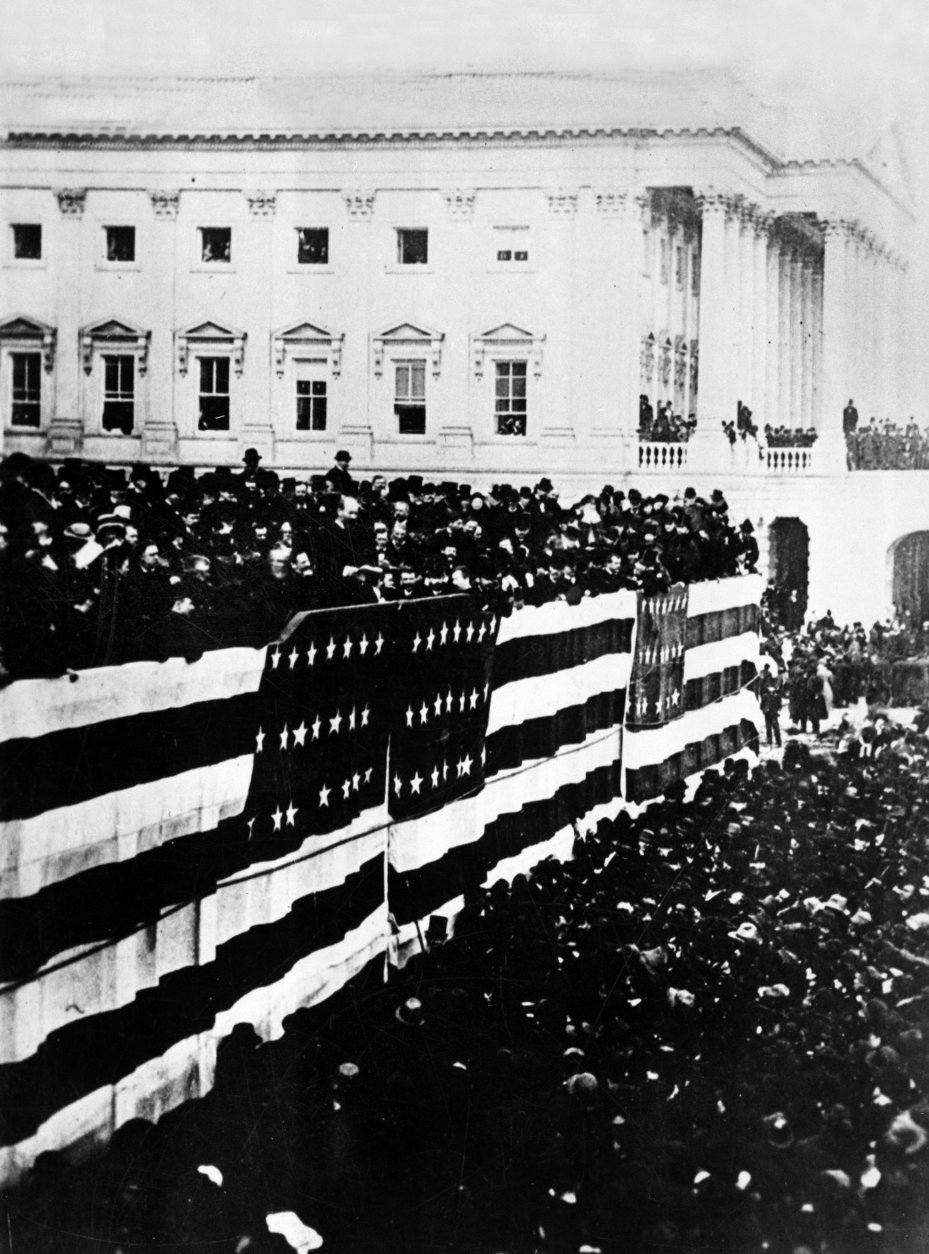
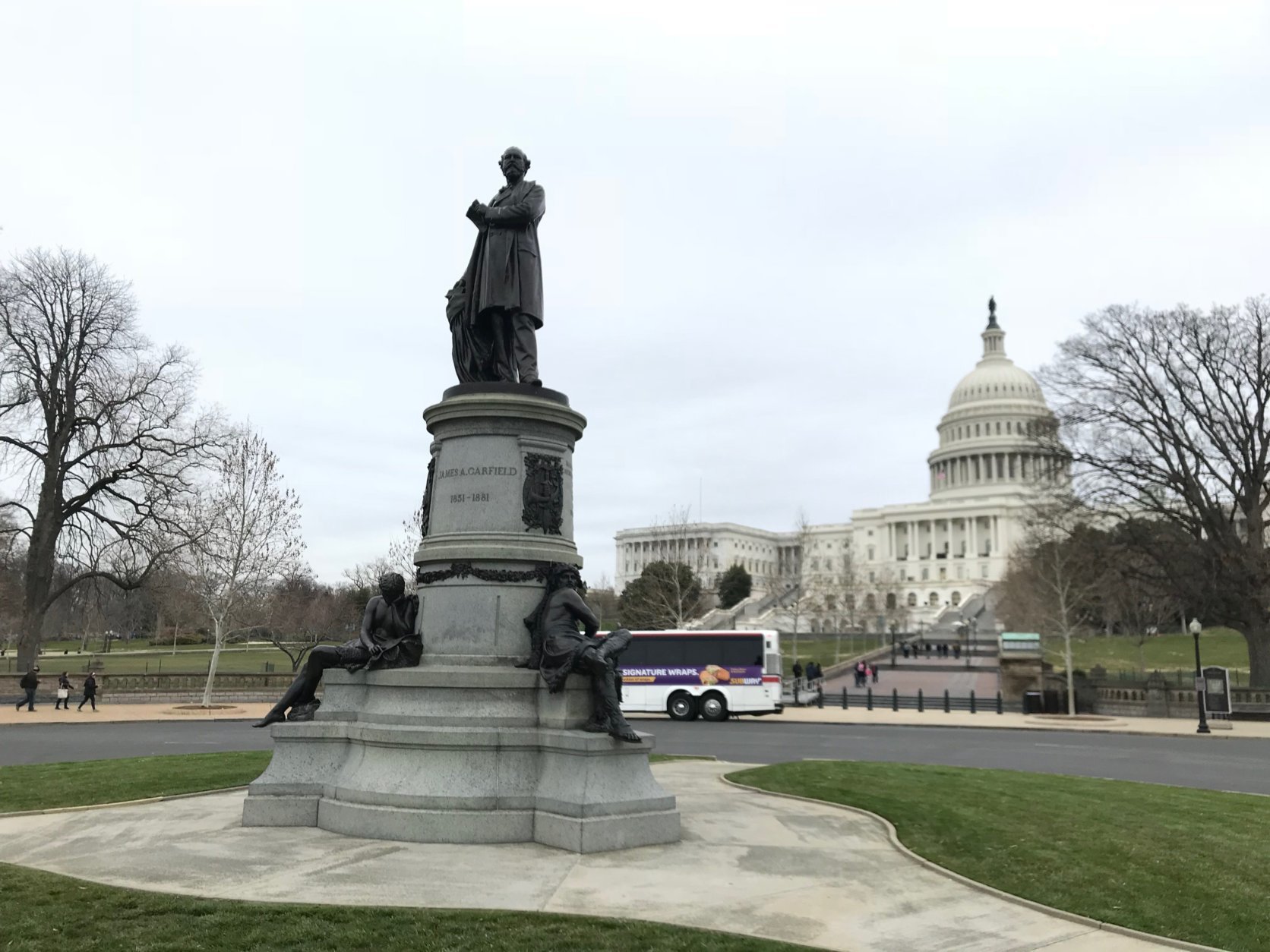
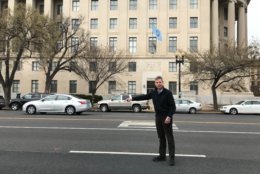
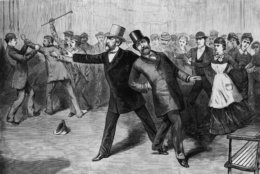
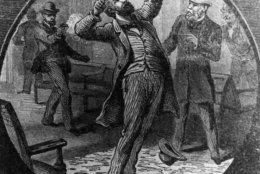
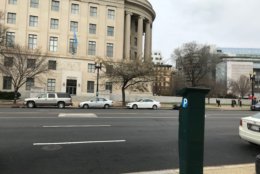
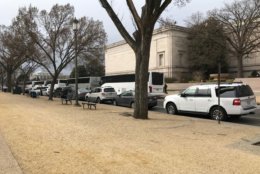
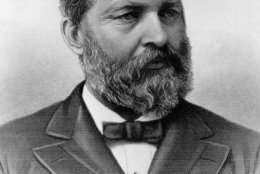
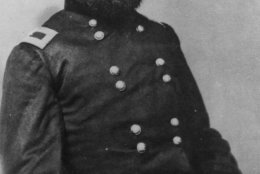
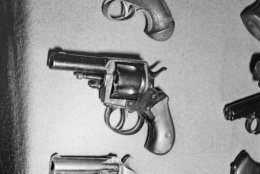
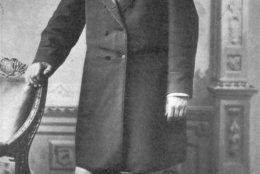
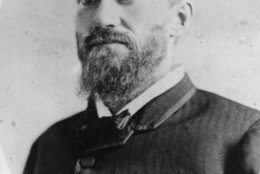
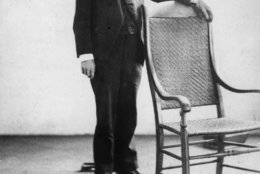
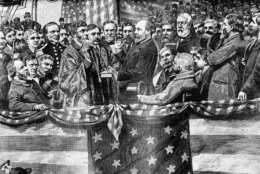
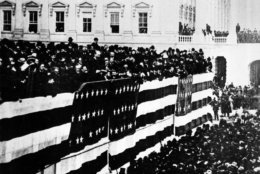
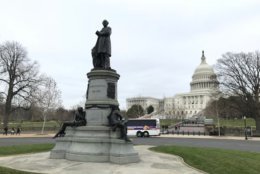
On July 2, 1881, Garfield, who had been in office only four months, had a train to catch.
“He was leaving for a summer vacation. He was going to meet his wife in New York; they were going to travel through New England for a couple of weeks … he got here to the train station; there was a man named Charles Guiteau, who wanted to kill him,” Ackerman said.
“Charles Guiteau was a somewhat mentally-unbalanced political hanger on. He had tried to get a job in the Garfield administration and failed. That morning, he followed James Garfield into the train station … Guiteau, once they were inside, came out from a waiting room, pulled a gun and shot two bullets into the president’s back.”
“Today, we are very aware of the danger of a mentally-unbalanced person with a gun,” Ackerman added. “That’s what this was … what happened that day was a very shocking event for the country.”
Garfield died on Sept. 19, 1881, in New Jersey, likely from an infection after months of unhygienic medical treatment when doctors could not find the bullet lodged in his body.
Historians say Garfield, a father of five, was a president of great promise, devoted to reforming the corrupt patronage system of providing government jobs. The civil service reform Garfield championed was completed and signed into law by his successor, President Chester Arthur.
“People who were alive in 1881, who knew him and lived through his era, would be shocked that today, Garfield is considered so obscure,” Ackerman said.
For generations, Ford’s Theatre and the Petersen House, across the street where Lincoln died, have been near the top of the list for visitors to Washington.
“I think it’s remarkable that just blocks away is the scene of yet another presidential shooting and there’s nothing at or near that site marking that event,” said National Park Service ranger Michael Thomas Kelly, who hopes to change that.
Kelly is working with Ackerman and other historians to develop a “wayside” — an interpretive panel that would outline the historic Garfield assassination for placement on the National Mall.
“It’s going to be near enough to the site,” Kelly said. “We’re going to reach more people with the story if we put it on the mall.”
The wayside’s design and wording are currently being developed. The waist-high exhibit is expected to be unveiled later this year.



